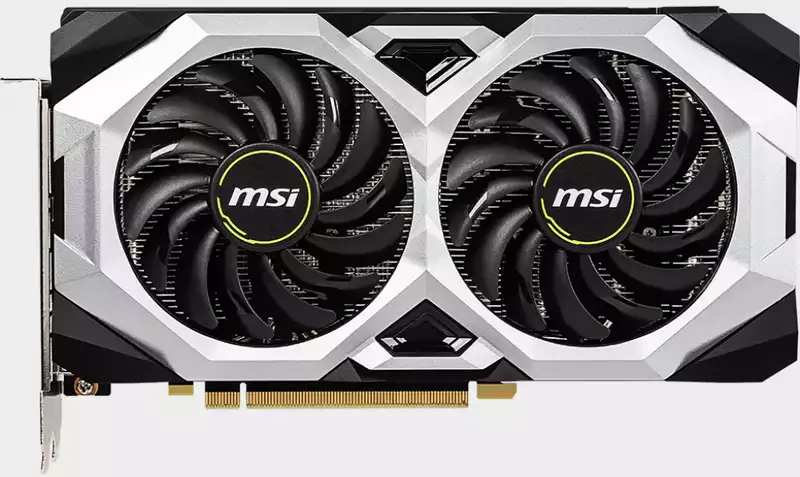In the face of a compelling new lineup of graphics cards featuring Nvidia's latest generation Ampere GPU architecture, vendors and add-in board partners have to figure out what to do with their suddenly outdated GPU surplus inventory MSI's solution? To repurpose some of its existing inventory into cards specifically designed for cryptocurrency mining.
Yesterday, MSI registered a handful of Turing-based "Miner" cards with the Eurasian Economic Commission. These include the GeForce GTX 1660 Super Miner, GeForce GTX 1660 Miner, GeForce GTX 1660 Ti Miner, GeForce RTX 2060 Super Miner, and GeForce RTX 2060 Miner. [Additionally, MSI also registered several AMD cards, including the Radeon RX 5500 XT Miner, Radeon RX 5600 XT Miner, Radeon RX 5700 Miner, and Radeon RX 5700 XT Miner. This is probably in anticipation of AMD's planned launch of RDNA 2 (Big Na'vi and the gang) in a few weeks.
This is an interesting development, as cryptocurrency mining is shifting heavily away from GPUs and toward specialized ASIC hardware. For the average user, GPU-based digital currency mining is not as profitable.
This is in contrast to a few years ago, when the crypto boom contributed to the graphics card shortage, as times were tough for PC gamers and mid- and high-end cards were hard to come by without a hefty price hike. Fortunately, those days are a thing of the past.
Nevertheless, mining on GPUs can still be profitable, albeit marginally: according to Betterhash's calculations, a GeForce RTX 2060 Super can generate about $111 per month by mining Ethash (Claymore) (Claymore) per month. Actual profits will be much less, depending on electricity costs, but mining on GPUs is not completely dead.


Comments